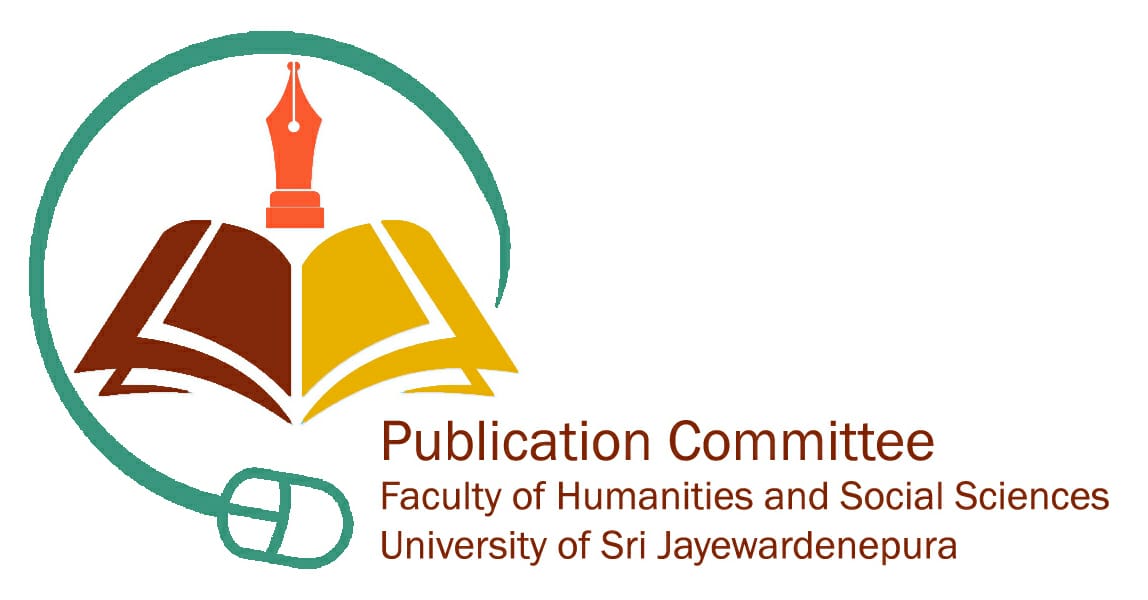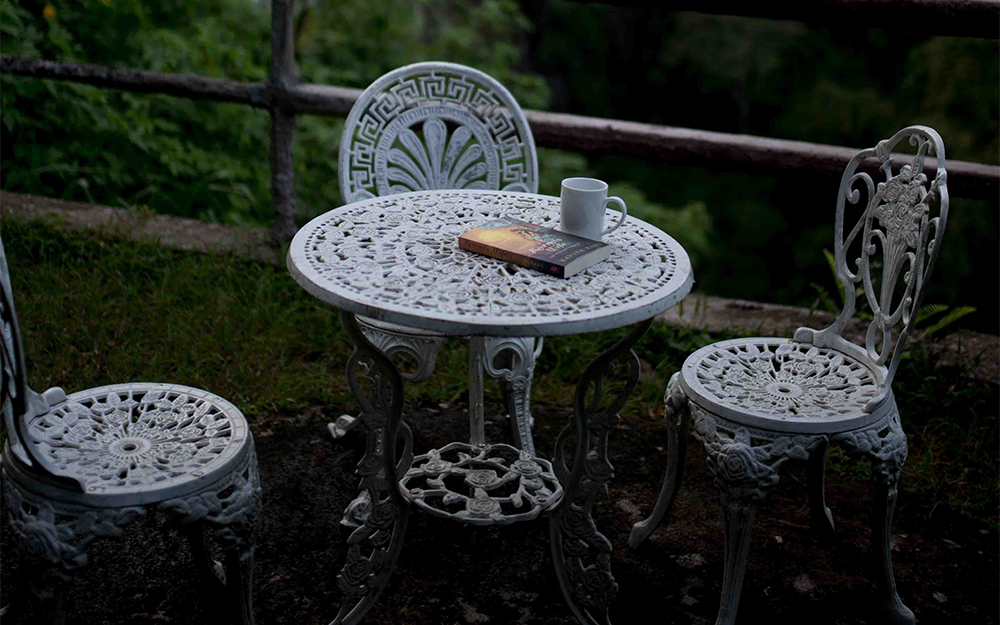Tourism is a fast-growing industry in Sri Lanka and it is the third largest export earner in the Sri Lankan economy. There are many forms of Tourism in the world. Homestay Tourism is a new concept of Tourism and now it is very popular among whole the world. A homestay is a form of hospitality and lodging where visitors share a residence with a local host community to which they are traveling.
In Sri Lanka, we can see various types of tourist accommodation options. Hotels, Motels, Apartments, Boutiques, Homestays, Inns, Villas, Guest Houses, Rooms, Cottages, Bungalows, Chalets, Holiday Cottages, resorts, and lagoons. As one of the major accommodation facilities available in Sri Lanka, Homestay Tourism can be identified and it is a form of accommodation where tourists stay with local families in their homes.
We define homestays as alternative accommodations in the form of an opportunity available for tourists visiting rural areas to stay with host families to experience the local culture, cuisine, and activities undertaken by host communities. Sri Lanka is an ideal hub for homestay tourism. Tourists can enjoy encompasses taking site visits, tasting local cuisines, and taking part in local traditions. On the other hand, most tourists love to experience local things such as customs, traditions, and lifestyles.
The concept of homestay tourism was introduced to Sri Lanka in 2009 to fulfill the growing demand for tourist accommodation. In 2011, Sri Lanka Tourism Development Authority (SLTDA) initiated a “Homestay” program to create more homestay entrepreneurs. In 2016 homestays in Sri Lanka have been established in every part of the country.
This is a community-based tourism concept. It is initially distributing the tourism benefit to a cross-section of society by preparing houses and, accommodation units carrying various themes, bringing out Sri Lankan authenticity, located in various destinations within Sri Lanka, with suitable quality standards benefitting the purpose of accommodating tourists, intending an interaction between the local community with giving opportunities to the tourist to experience Sri Lankan way of life.
According to SLTDA, homestay is a scheme that encourages residents to open their homes to paying guests at least on a bed and breakfast basis, enabling tourists to live in a homely environment and to experience the local customs and traditions.
Sri Lanka is home to many homestay destinations such as Yala, Jaffna, Kaluthara, Kandy, Negombo, Nuwara Eliya, Colombo, Ella, Galle, Hikkaduwa, Anuradhapura, Habarana, Meemure, and Trincomalee. Rural homestays are spread in the destinations like Meemure, Heel Oya, Atanwala, Mediripitiya, Yapahugama, Boburu Ella, Seelogama, and Viharahera. Most of the homestays are spread in rural areas in Sri Lanka.
When looking at the global trends of homestay tourism, especially homestays have widely spread in Asian and European regions. The demand for homestay tourism has increased now. Today, homestays are providing better accommodation than hotels at an affordable price with the added benefits of exploring local sights, food, and culture.
Looking at the current situation in Sri Lanka, it seems that the demand for homestays in 2020 has decreased compared to the previous years. The biggest reason for that was the situation during the Easter attack and the critical situation during the spread of the Covid-19 pandemic. Nowadays homestays are providing huge and better service to tourists. Staying in a such homestay is cheaper than staying in a luxury hotel. But the amount of experience available is plentiful. Therefore, it is a trend for many tourists to be attracted to homestays.
Geographical location, Unique natural environment, rich biodiversity, cultural heritage, historical places, and coastal areas are unique potentials for promoting homestay tourism in Sri Lanka. But unfortunately, despite having so many resources, it has not been possible to expand homestay tourism on a large scale. The economic crisis is negatively affected by that. Homestay tourism is not operating successfully due to certain difficulties and challenges like less government support in providing support to destination development, less standard procedure to start and continue homestay tourism, non-availability of equitable service to entrepreneurs has been crucial, financial challenges such as lack of loan facilities to homestay entrepreneurs and lack of fixed rate for rooms, low standard facilities, and low-quality service, lack of knowledge about homestay tourism concept, poor financial management, language barriers, lack of youth participation, etc. However, by successfully addressing those challenges, Sri Lanka will be able to promote homestay tourism with a new dimension for better tourist experiences.
K.M.G.R. Madhuwanthi
Buddhist Heritage and Tourism
Department of Pali & Buddhist Studies
References
Agyeiwaah, E.(2013),” Volunteer tourists’ motivations for choosing homestay in the Kumasi metropolis of Ghana”, African Journal of Hospitality, Tourism and Leisure, Vol.2 No.3,pp. 1-11.
Agyeiwaah, E, Akyeampong, O. and Amenumey, E.K. (2014), ” International tourists’ motivations to choose homestay: do their socio- demographics have any influence?”, Tourism and Hospitality Research, Vol.13 No.1, pp. 16-26.
Albacete-Saez, C.A., Fuentes- Fuentes, M.M and Llore’ns- Montes, F.J. (2007), “Service quality measurement in rural accommodation”, Annals of Tourism Research, Vol.234 No.1, pp.45-65.
Amin, A and Ibrahim, Y. (2016),” Sustainable community participation in homestay program”, Anand, A, Chandan, P. and Singh, R.B. (2012),” Homestays at Korzok: supplementing rural livelihoods.
Baty, R.M. and Dold, E. (1977), ” Cross- cultural homestay: an analysis of college students’ responses after living in an unfamiliar culture”, International Journal of Intercultural Relations, Vol.1 No 1, pp.61-76.
Bandaeathilake, HM (2003) Community participation in the management of the Kanneliya, Dediyagala, Nakiyadeniya proposed biosphere reserve, Science foundation Sri Lanka, 31 (1&2) pp 139-146.






